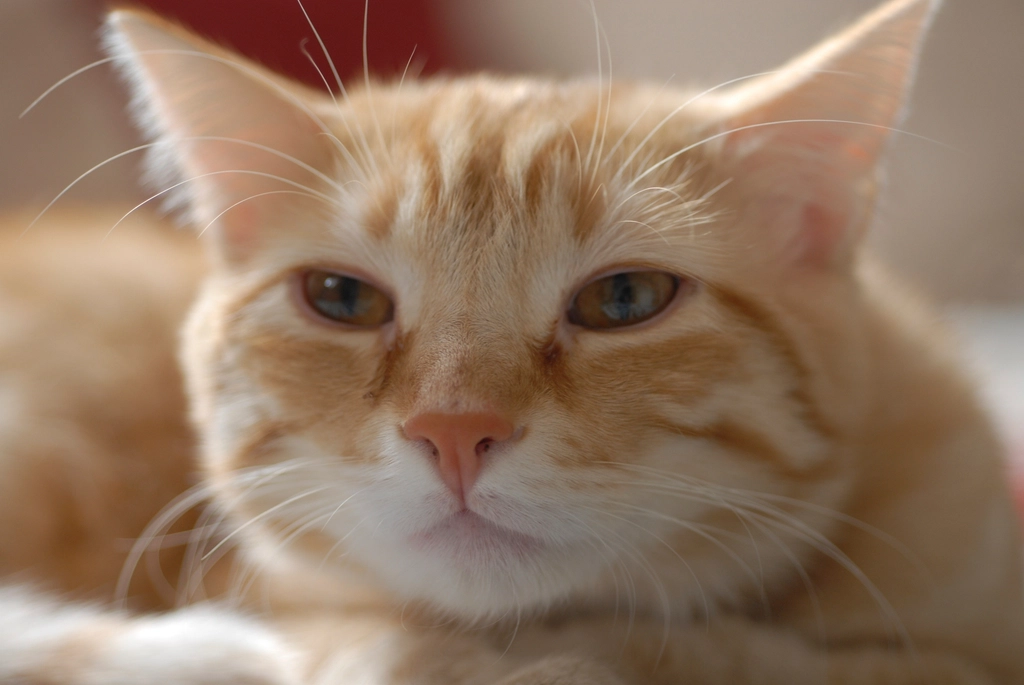Have you ever found yourself gazing into your cat’s mysterious eyes, wondering if they truly understand the love and affection you’re offering? Cat lovers everywhere have puzzled over these enigmatic creatures, questioning whether their purrs, slow blinks, or sudden zoomies are signals of connection—or just random acts. The truth is, cats have their own unique ways of interpreting and responding to our attempts at bonding. But how much do they really “get” when we reach out to them? Let’s dive into the fascinating world of feline communication and discover what happens when humans try to bridge the gap with their whiskered companions.
The Language of Cats: More Than Just Meows

Cats communicate in a language all their own, and it’s not limited to the soft meows or insistent yowls we hear. Body language plays a massive role. A flicking tail, upright ears, or even a subtle twitch of the whiskers can speak volumes about a cat’s mood. When you try to bond—maybe by reaching out your hand or speaking softly—your cat is watching your every move. These small gestures don’t go unnoticed. Cats may respond by approaching, rubbing against you, or simply relaxing in your presence. Their reactions are proof that they do pick up on your intentions, even if they don’t always respond the way you hope.
Can Cats Recognize Human Emotions?

Surprisingly, research suggests that cats are quite attuned to human emotions. A recent study revealed that cats can distinguish between happy and angry voices, often behaving more affectionately when their owners sound content. This sensitivity isn’t just limited to tone—cats also observe facial expressions, picking up on subtle cues. If you’re trying to bond and your mood is positive, your cat may mirror this energy, seeking closeness or displaying affection. On the other hand, if you’re upset, your feline friend might keep their distance, showing just how perceptive they really are.
Slow Blinking: The Secret Cat “I Love You”

One of the most heartwarming ways cats show trust and affection is through slow blinking. Many cat owners have noticed their pets giving them a long, slow blink—a gesture that experts compare to a feline “kiss.” When you return this blink, you’re speaking a language your cat understands. It’s a simple act, but it can make a big difference in strengthening your bond. Cats who feel safe will often initiate or respond to slow blinking, confirming that they recognize your attempts to connect on a deeper level.
Physical Touch: When (and How) Cats Welcome Affection

Not all cats enjoy the same kind of touch. While some delight in belly rubs and head scratches, others prefer a gentle stroke along the back or simply sitting nearby. Learning your cat’s preferences is essential for successful bonding. If your cat leans into your hand, purrs, or kneads with their paws, they’re sending clear signals of acceptance and trust. However, a swishing tail or flattened ears signal discomfort—so respecting boundaries is key. Over time, most cats learn to associate gentle touch with positive feelings, deepening the human-feline connection.
Vocalizations: Meows, Purrs, and Beyond

Every cat owner knows that meows aren’t just random noises. From demanding dinner to greeting you after a long day, cats use vocalizations to communicate their needs and emotions. Interestingly, adult cats rarely meow to one another; instead, meowing is a special language developed just for interacting with humans. So when your cat meows during bonding time, it’s a sign that they see you as part of their world. Purring is another strong indicator—often linked to comfort, relaxation, and trust. These sounds are their way of participating in the bonding process, making your efforts feel truly reciprocated.
Play: The Fun Side of Building a Relationship

Playtime isn’t just about burning energy—it’s a powerful way to bond with your cat. Engaging in games with toys, feathers, or even a simple string encourages your cat to interact and trust you. Through play, you’re offering stimulation and demonstrating that you’re a reliable, positive presence. Cats often respond enthusiastically, chasing after toys or pouncing with excitement. This shared activity creates joyful memories and cements your relationship, showing your cat that you’re not only a caregiver but also a source of fun and companionship.
Routine and Consistency: Building Trust Over Time

Cats thrive on routine and predictability. When you consistently offer meals, play sessions, and gentle attention, your cat learns to associate you with safety and security. This steady presence helps them feel comfortable enough to initiate bonding behaviors themselves, like curling up beside you or following you from room to room. Trust isn’t built overnight, but with patience and consistency, your cat will begin to understand—and reciprocate—your efforts to bond. Over time, these shared moments become the foundation of a deep, rewarding relationship.

Growing up traveling and experiencing new cultures and wonders, I have had a passion for nature, adventuring, photography, and videography. I am currently working towards a BSc in Biodiversity and Ecology at Stellenbosch University, and I hope to specialise in Marine Sciences one day.
Please send any feedback to Feedback@animalsaroundtheglobe.com






